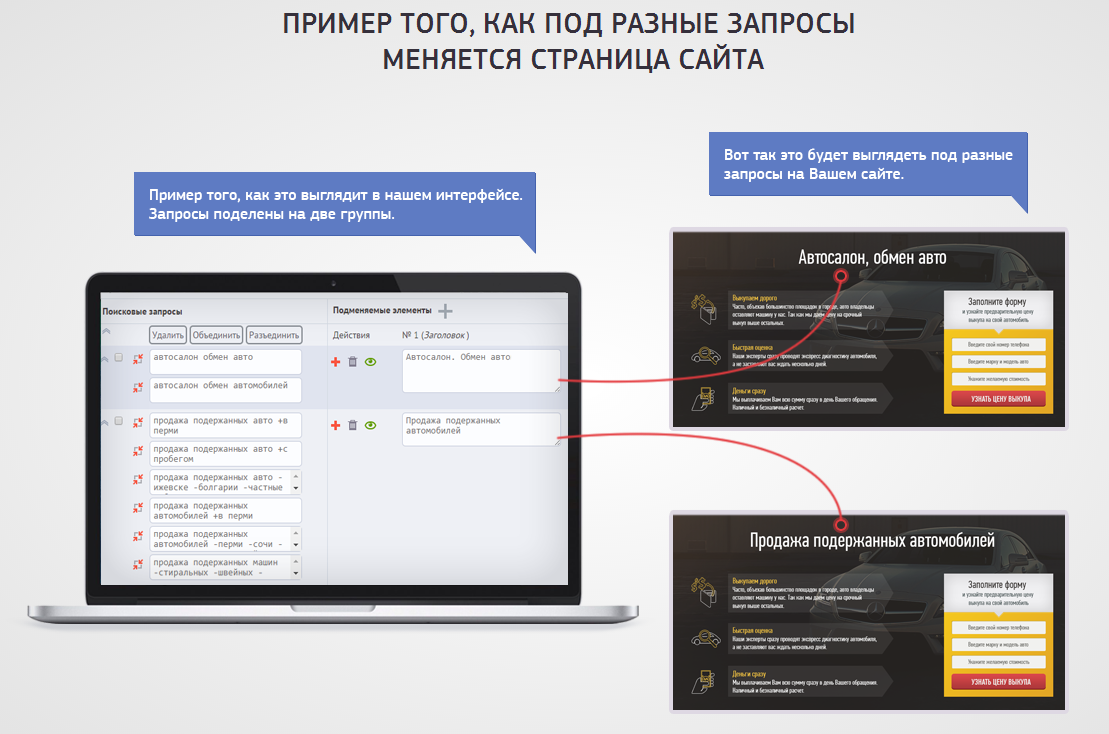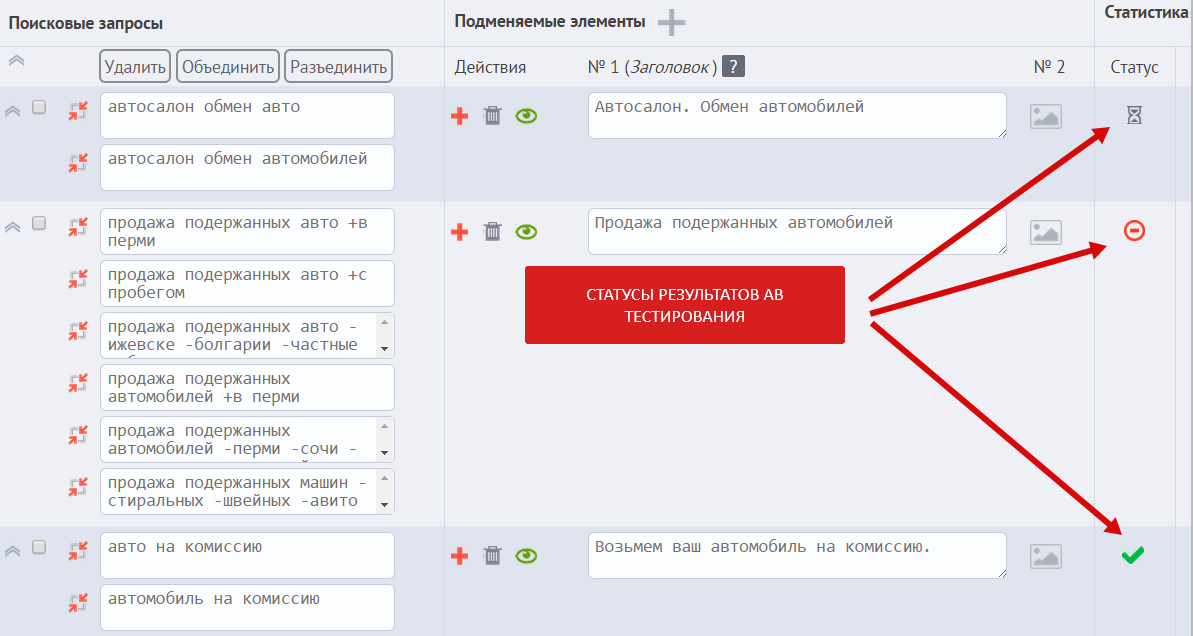Stop turning off requests in contextual advertising that do not bring profit.

Contextual advertising is a great way to drive targeted traffic. In contrast to direct marketing, you do not "pair". People who are already looking for your product or service come to the site. It remains only to receive calls and applications. But…
Inoperable requests
However, back in reality. Paradoxically, the context "merges" the advertising budget for several reasons. Let us analyze one of the main ones - idle requests.
These are requests with zero conversion, when a click does not lead to a target action - an application or a call. In this case, you have already paid for the click and the budget is wasted.
')
Incorrectly configured context - and very soon the users will not leave anything from your advertising budget, except for bitter memories.
What to do? The standard practice is to disable disabled requests. Important point:
if the user clicks on an ad, it is of interest. Obviously, the "leak" occurs in the next stage.
In any advertising campaign Yandex.Direct hundreds, and many thousands of key requests. And they all lead to the same landing page. Someone makes a product page for each heading. In part, this solves the problem of personalization, but not to the end.
The fact is that users formulate requests in different ways, and, most importantly, they have different needs. For example, a person is looking for a car on credit; interested in a particular model or even wants to exchange an old car for a new one with a surcharge. And he sees one sentence on the landing page, regardless of the request. It is often very far away, especially when transitioning from low- and micro-frequency queries. Problem solving is a system of adaptive content.
Dynamic Landing + Responsive Content
Dynamic pages or the Dynamic web page started talking back in 2013, which Mashable declared the year of adaptive content.
The personalization story has begun responsive design for mobile devices. And then came the idea of a deeper adaptation by adjusting the content for each visitor. This allows you to more successfully "close" users to the target action.
How it works?
In the previous publication, we discussed the principle of how responsive content works in the Yagla service and how it affects the return on contextual advertising.

Yagla allows the marketer or business owner not to abandon inefficient requests, and helps to set them up so that they become conversion.
Take a simple example from our practice: the company is engaged in the supply of goods from Asia and Europe. Non-working requests are almost all low-frequency requests indicating specific products. Thus, the conversion rate for the request to buy wholesale monopod was 0.1%.
It turned out that the users from the ad switched to the page with the following offer: “Wholesale of more than 10,000 domestic and imported goods”. Signed to lead-form: "Get the full price list for your destination." Where are the monopods? As a result, the potential client closes the page and looks for a more accurate offer.
Under the request “buy monopod wholesale” we have set up a substitution of the heading “Wholesale sale of monopods” and a signature to the application form “Get the full price of monopods”.
The rest of the low-frequency requests from Yandex.Direct were uploaded to Yaglu and adapted according to the same principle. After 3 weeks, the conversion was 13.5%.
Marketing automation
In our example, “buy monopod wholesale” is just one of the product requests. The site has more than 10,000 positions. And what? Under each of 10,000 requests create a separate landing page?
Yagla does not deal with endless duplicates, but works with the same landing page. Campaign synchronization from Yandex.Direct occurs via the API or from Excel in a few minutes. Then you specify the substitutable elements for a query or a group of queries, and upload data to the table of substitutions.
To launch responsive content, put the code that Jagla generates on the site. In the course of work, the automatic A / B testing system in the system compares the conversion of substitutions with the original.
For each test, you see the status, better or worse, these substitutions worked. This allows you to quickly correct inefficient options.

About A / B testing in contextual advertising, read more in this post .
Conclusion
As you can see, there are no idle requests, there is a lack of personalization.
With you was Alexander Alimov, the head of Yagla.ru
See you in a week!
Source: https://habr.com/ru/post/290080/
All Articles